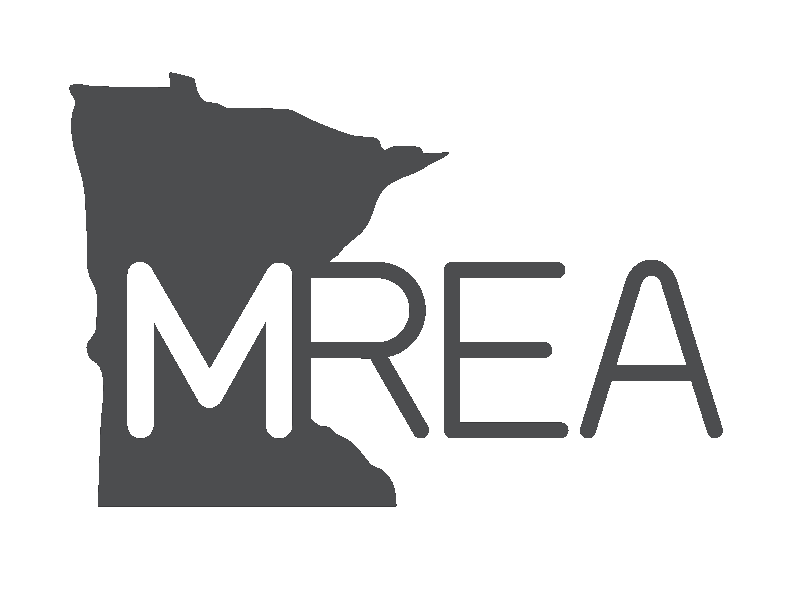You may not have known you were waiting to hear my thoughts on clean energy and climate provisions of the Inflation Reduction Act (IRA), but the wait is over! Here are my Five Hot Takes on what the IRA means for Minnesota and its electric cooperatives.
Hot Take #1: Minnesota’s electric cooperatives applaud the passage of the IRA, a truly historic and expansive piece of legislation. But the IRA passed with the barest of majorities through Congress, the U.S. electorate is sharply divided, and Minnesota is a very purple state. Not everyone loves this bill.
But like it or not, the financial incentives in both the Infrastructure Investment and Jobs Act (IIJA) and the IRA will have a profound effect on clean energy and EV manufacturing and deployment. Between these two pieces of legislation, nearly $500 billion has been dedicated to reducing the cost and inducing the deployment of a massive array of technologies affecting every part of energy use in the economy.
Both wind and solar receive extensions and modifications of their existing tax credit programs. But the IRA also funds carbon capture, biofuels, hydrogen, advanced nuclear, transmission, efficiency, building and transportation electrification and more. Congress rightfully took an “all of the above” approach to decarbonizing the economy, leaving no technological stone unturned or unfinanced.
Hot Take #2: Both the IIJA and the IRA include important electric co-op priorities. The IIJA appropriated funds for broadband deployment, electric vehicle charging, grid hardening and more. And thanks to dedicated legislators like Minnesota’s own Senator Tina Smith who understand and support the value of rural electric cooperatives, the IRA contained two initiatives that co-ops have been working towards for a long time:
- Direct federal payments to electric cooperatives as incentives for developing renewable energy, carbon capture technology, battery storage, nuclear power and other energy innovations. Co-ops have been excluded from the tax incentives that for-profit utilities have longed received because co-ops are not-for-profit don’t pay federal income taxes. Direct pay incentives level will unlock clean energy opportunities for co-ops and are truly a big deal for us.
- A new $9.7 billion appropriation to the Rural Utilities Service for grants and loans to assist electric co-ops to buy or build new clean energy systems. This proposal started out as a proposal to help refinance co-op debt, but evolved into this clean energy program. Thankfully, the IRA does not mandate reductions in greenhouse gas emissions or require closures of existing power plants. There was a push to tie this program to coal-plant retirements, but that concept was rejected.
Hot Take #3: Despite the fact that all of this clean energy funding will be sloshing around in the economy, I don’t expect electric co-ops to change their power supply and grid investment strategies in order to chase these dollars. As community-based non-profit utilities committed solely to serving their members, co-ops will continue to make investment decisions with that single priority in mind. That said, electric co-ops are already leading the clean energy transition, and the IIJA and IRA will make co-op clean energy investments less costly to their members, a good outcome for both for co-op members and for the rural communities they serve.
Hot Take #4: Implementation is going to be hard. Because of the plethora of new programs to be implemented by multiple federal agencies, it’ll be frustratingly long before we understand the details of how these programs will operate. In addition, it will take momentous effort to work through numerous grid reliability, equity, rate impacts, and, especially, land use issues. The siting of wind, solar, transmission lines, CO2 pipelines will test our collective ability to work together to find common ground. Finding our way to resolution will take partnerships, understanding and grace.
Hot Take #5: The IRA updates the country’s industrial policy to promote domestic manufacturing of components and materials important to the clean energy transition. As Mark Bakk, CEO of Lake Country Power Cooperative, said recently, “You cannot have wind turbines without copper. We should responsibly mine these minerals right here in northern Minnesota,” rather than rely on countries that don’t share our values or interests. To do so, the IRA provides approximately $60 billion in tax credits, grants, loans and more, including a new manufacturing production tax credit to manufacturers of solar, wind, and battery components, and to producers and refiners of critical minerals, directly aimed at bolstering domestic manufacturing of advanced energy and transportation.
The IRA is wide-ranging legislation and there are many components I haven’t addressed, such as programs for the just transition of communities that host power plants, strong labor policies to support our friends in the trades and financial assistance for our farmers to install clean energy, energy efficiency and soil protection measures. But this post is long enough! I’ll look to address those in a future post.
